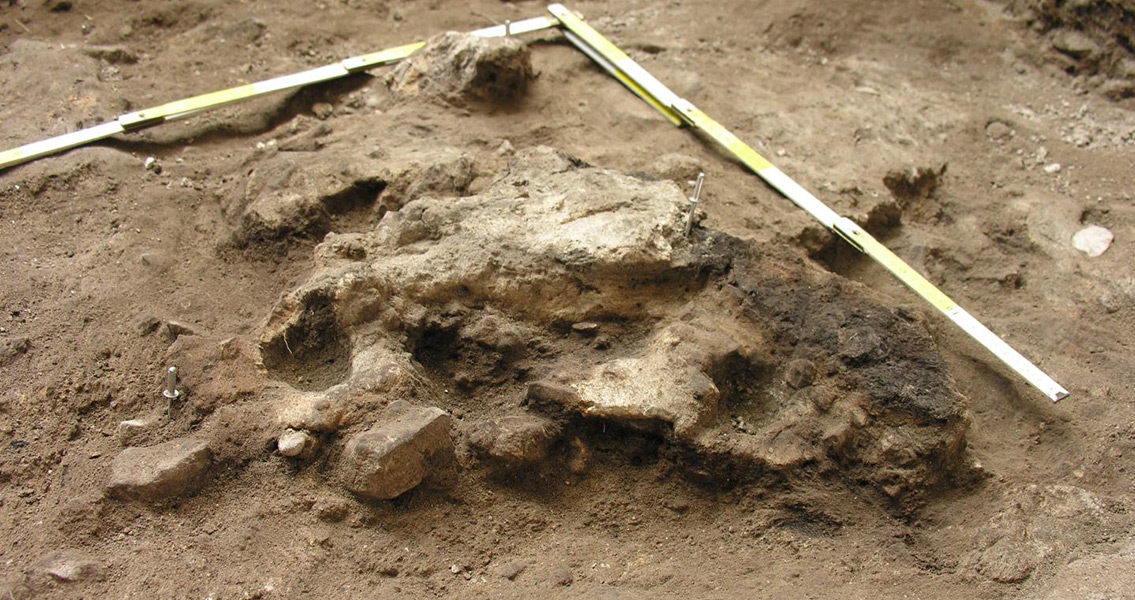<![CDATA[A research team has found evidence of agropastoral community settlements dating back 5,000 years in the Iberian Peninsula, including the discovery of enclosures thought to be ancient livestock pens. Scientists from the the UPV/EHU-University of the Basque Country have published their research findings from a recent archaeological investigation of the San Cristóbal Rock-shelter, located in the Basque Country. The results showcase the first ever empirical data dating to the early Chacolithic in the form of rock shelters used as enclosures for livestock such as sheep and goats. Led by Professor of Prehistory Javier Fernández-Eraso, the UPV/EHU team and its new results are due to an interdisciplinary collaboration including experts from the Spanish National Research Council (CSIS) and the University of Barcelona. The team has also discovered livestock pens dating back even further, as far back as into the Ancient Neolithic at other nearby sites, however, this new study is the first time the team has presented data that included paleobotanical and geoarchaeological evidence in the form of ancient pollen, seeds, charcoal, and detailed microsediment analysis. The goal of the UPV/EHU team is to discover more about the human groups inhabiting the region, and their specific practices revolving around these shelters. Additionally, the team is endeavoring to discover what function these practices fulfilled in their economy and how they played a role in territory organization during the Chalcolithic. Ana Polo-Diaz, a researcher in the UPV/EHU's Department of Geography, Prehistory and Archaeology, remarked in a press release that the new work being conducted on the ancient communities that inhabited the Iberian Peninsula is pioneering. With the team gathering evidence that humans who occupied the San Cristóbal region during the Chacolithic used these shelters as livestock pens for goats, sheep and other related animals, it seems clear that while the use of these shelters was repetitive it was temporary, likely linked to seasonal occupation of certain sites. Polo-Diaz explained that microscopic sediment study showed that the inhabitants of these encampments would periodically burn accumulated debris, likely in an effort to clean up the space that had been occupied. Meanwhile, other analysis has revealed to the researchers the diet of the livestock being kept near the shelter. Ancient pollen, phytolith, and microsedimentological evidence revealed the presence of an ancient forest filled with hazelnut trees and other deciduous oaks such as holm oaks and gall oaks. Other flora of the region was likely to have included box and pine as well. Analysis of charcoal remains also revealed that there had been an abundance of yew early on in the Chalcolithic, though as time marched on evidence of yew diminished, giving way to oak species instead. Ancient pollen remains point to the existence of pasture and farmland in close proximity to the shelter. Researchers say this indicates that the humans inhabiting these sites combined both agricultural pursuits and the raising of livestock in order to survive. While the scientists have yet to find an open-air site in the region with the same characteristics, the research team says that there’s no evidence to rule out the existence of another close-by settlement that would have been occupied in specific times of year to provide better resource access for livestock. The new research study, published online by Quaternary International, can be found here Image courtesy of UPV/EHU]]>
Researchers Find 5,000 Year Old Livestock Pens
